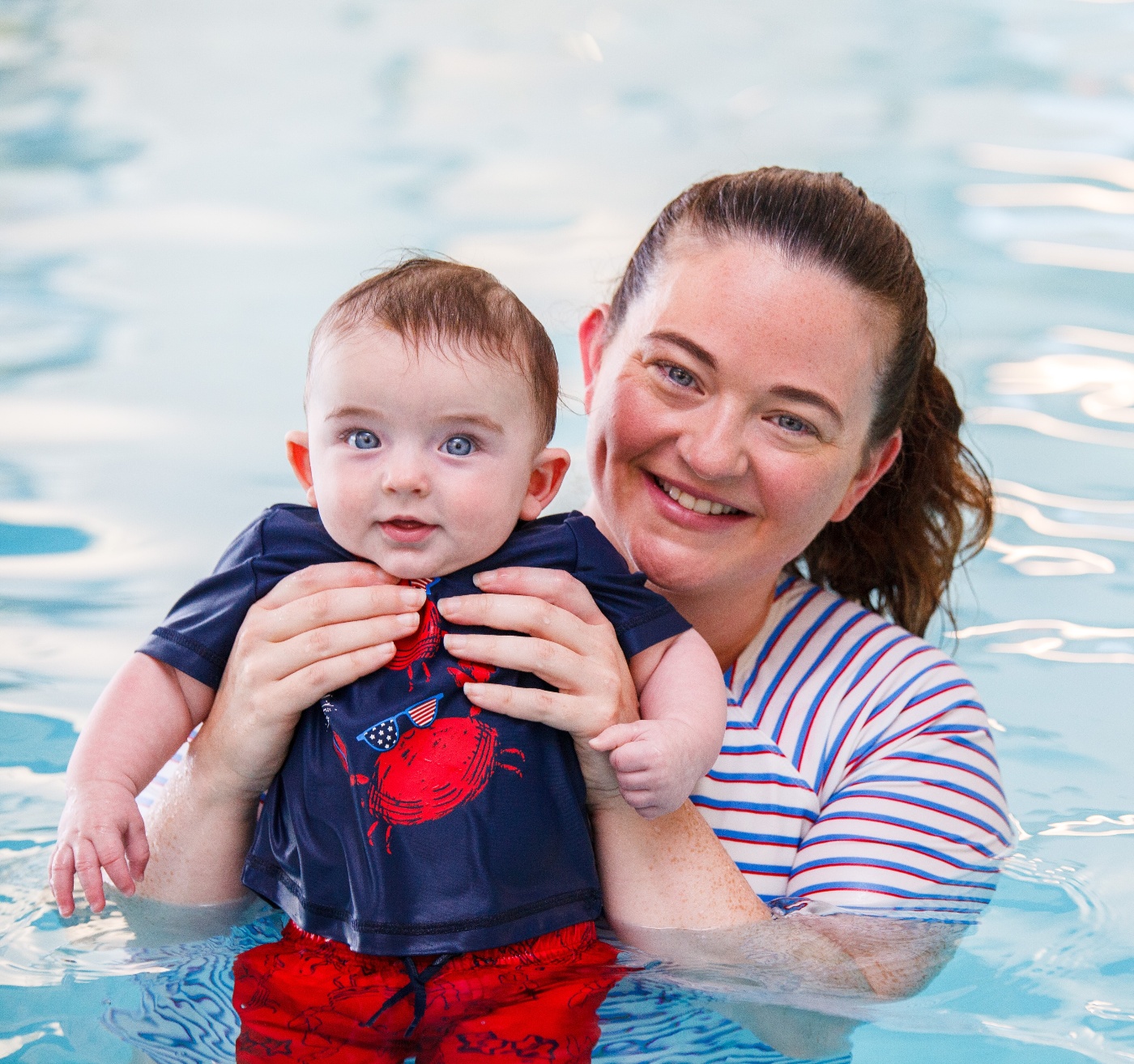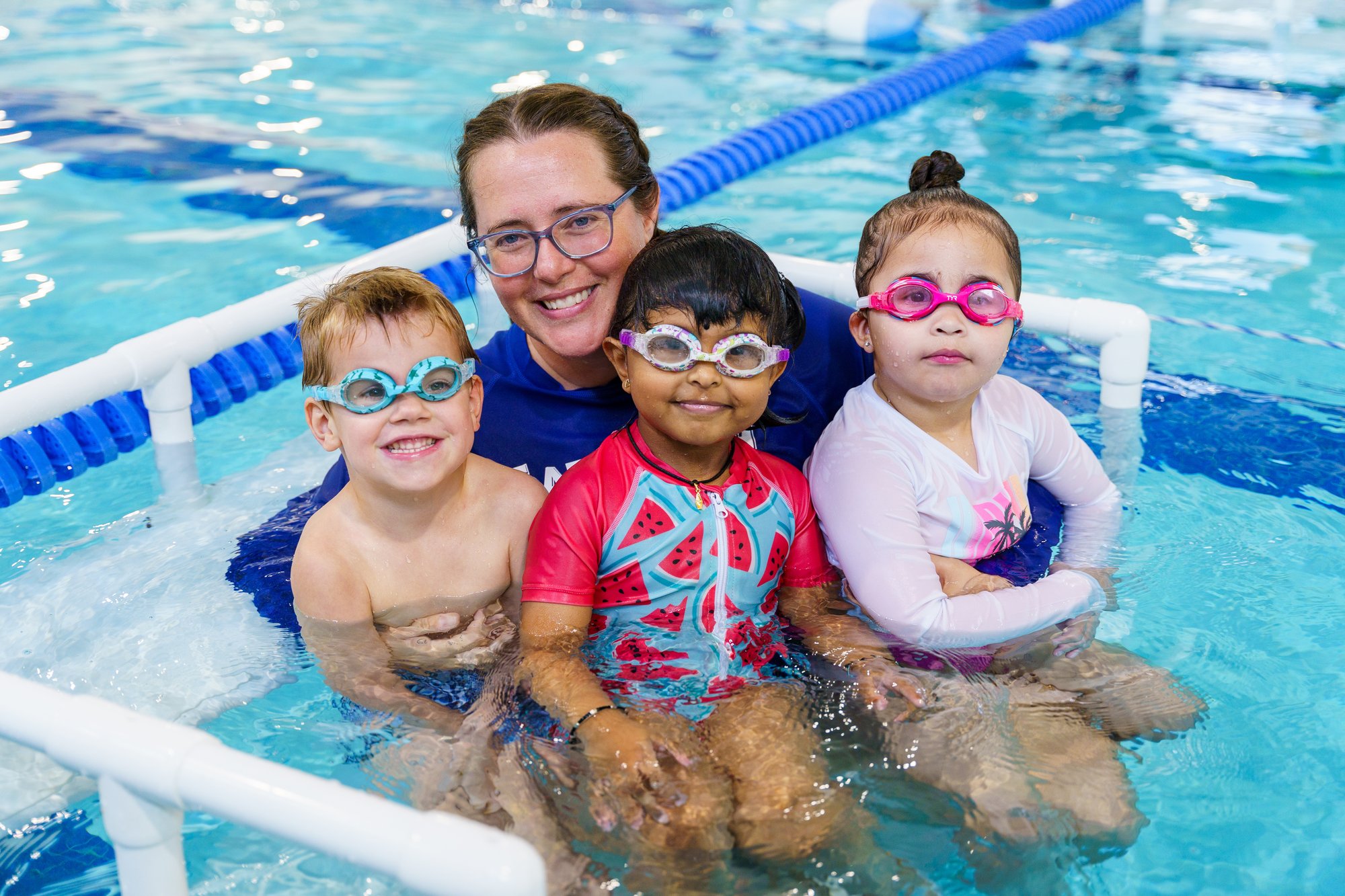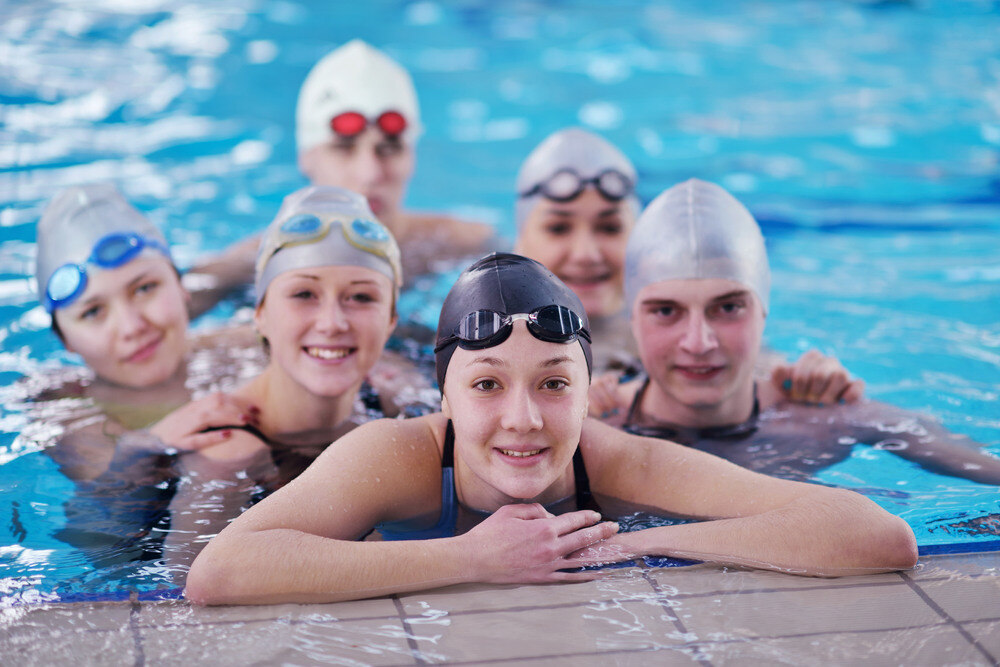Water Safety: A Lifesaving Skill for All Ages
At SafeSplash, water safety isn’tjust a topic we cover—it’s the foundation of everything we do. Whether you’re introducing your 4-month-old to the water or learning to swim yourself, we’re dedicated to equipping families with the knowledge, skills, and confidence to enjoy the water safely.

The Importance of Water Safety
Drowning remains the leading cause of injury-related death for children ages 1–4, and yet, it’s one of the most preventable tragedies. Swim lessons alone can reduce the risk of drowning by up to 88%, making them a critical tool for every family. Beyond that, developing strong swimming techniques can empower swimmers of all ages to navigate water safely and confidently.
Water Safety Essentials for Every Age

Infants & Toddlers
For the littlest swimmers, supervision is key. Even small amounts of water can pose a risk, so constant attention and instilling good habits early is essential.



Children
Young swimmers benefit most from consistent lessons and vigilant supervision.
Assign a Water Watcher: Designate an undistracted adult to monitor swimmers.
Reinforce Water Rules: Review “ask before entering” and “reach or throw, never go” techniques regularly.
Take Swim Lessons: Build skills like floating, breathing control, and self-rescue.
Teens
While older kids may seem independent, they still need guidance and preparation for water safety.
Always Swim with a Buddy: Even strong swimmers shouldn’t swim alone.Learn CPR: Equip teens with the tools to respond in emergencies.
Avoid Risky Behavior: Discuss the dangers of alcohol and peer pressure around water.


Adults
Water safety isn’t just for kids. Adults should model safe behaviors and understand their own limits.
Know Your Abilities: Be honest about your swimming skills and take lessons if needed.Stay Sober: Avoid alcohol around water activities.
Use Life Jackets: Wear Coast Guard-approved jackets when boating or participating in water sports.
What Makes SafeSplash Different?
Our progressive curriculum ensures every lesson includes essential water safety skills.

Ask Before Entering
Reinforcing the importance of permission at every age.

Safety Techniques
Rollovers, safe entries/exits, and breath control.

Self-Rescue Skills
Building endurance and efficient strokes to navigate out of danger.
With experienced, certified instructors and lessons tailored to all ages and abilities, [Brand] empowers swimmers to take charge of their safety while fostering a love for the water.
Water Safety Quick Tips:
S = Swim Lessons
A lifesaving skill for all ages.
P = Put Away Toys
Remove items that can attract children to water.
L = Life Jackets
Always use Coast Guard-approved life jackets.
A = Adult Supervision
Designate an attentive water watcher.
S = Shut Gates
Secure pools with self-latching gates.
H = How to Rescue
Learn CPR and practice “throw, don’t go.”


Enjoy The Journey
Water safety is a lifelong journey.
Let SafeSplash help your family stay safer, stronger, and more confident in and around the water.
